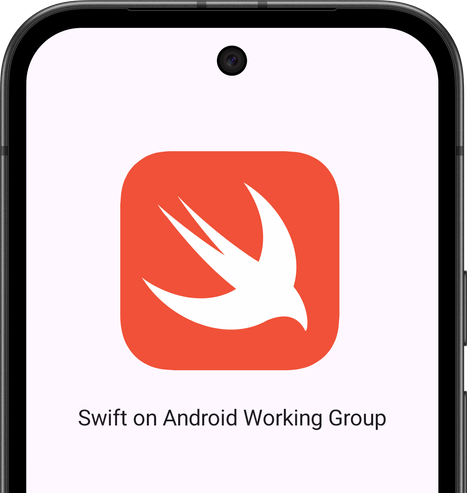@mihamarkic These sound like the issues I experienced with Xamarin.Forms.
With Flutter we don’t experience things like this too often as we’re not using native apis that much.
@mihamarkic Since flutter renders everything on their own canvas it seems like it’s a bit more resilient than frameworks that try to resolve to native UI.
That being said there can be an odd Xcode update that makes compiling/debugging break until they fix that. But I’m really worried about SDK changes breaking things.
The most I have to mess with native stuff is if we’re using Bluetooth or the odd setting update in a plist file, app icons, etc.
@mihamarkic @brandonbutler it's not easy but more because of the poorly documented process than the binding concept itself. I just wrote an up-to-date guide this week: https://qotoqot.com/tech/ios-bindings/
In the case of beta APIs or Swift-only APIs (Swift bindings are still far from release), you can slap together some Swift wrapper with exposed `@objc` methods, and then bind that.
I believe the biggest problem with mobile .NET is the lack of documentation and how-to's for brittle multi-step processes.
@mihamarkic @brandonbutler uff, yes, I guess it'd be a problem with most if not all cross-platform solutions. In the end, I think that the apps just have to go native if they're are heavily dependent on some not-so-popular API sets of a specific platform or on 3rd party SDKs.
Probably the cross-platform business logic can be somewhat achieved with a portable embedded library in Rust / C++ / … but that's even less documented path!


